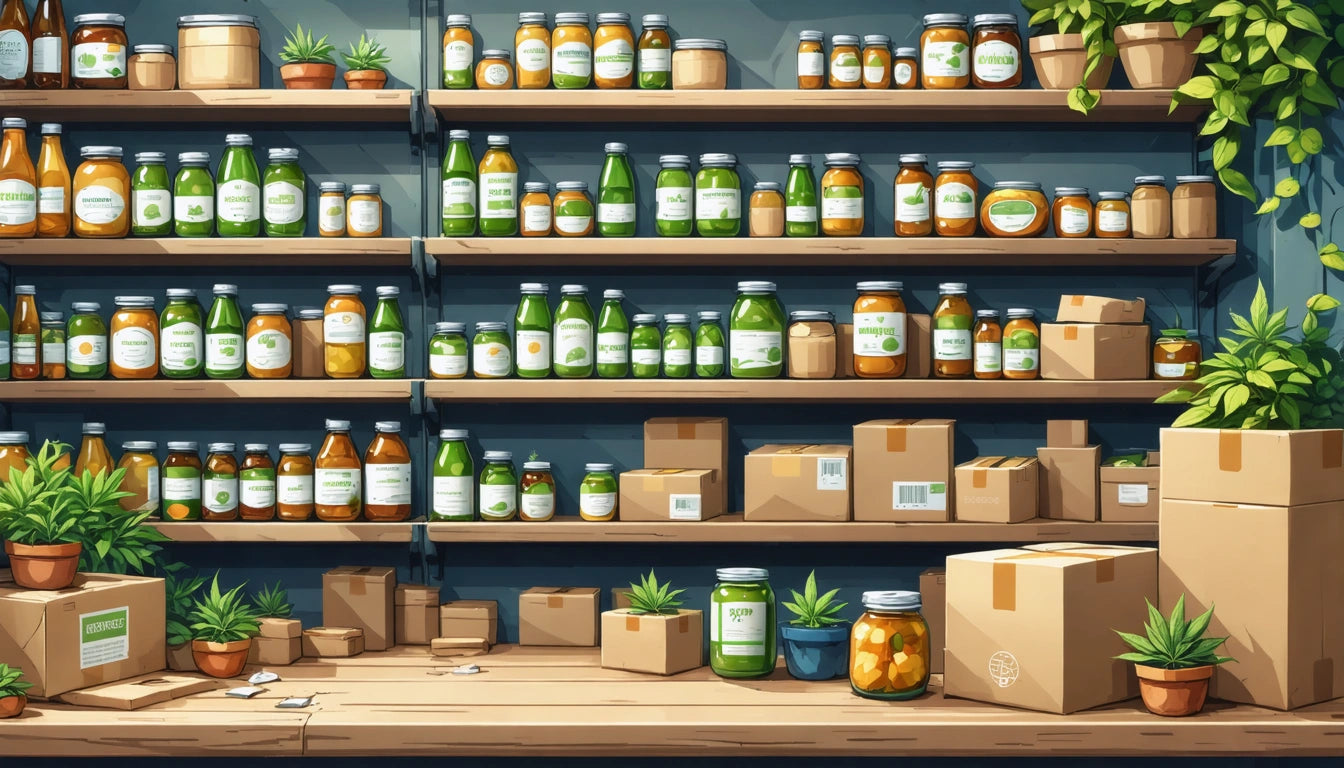Table of Contents
Smart Packaging Is Changing the Game: Here's How
Smart packaging represents a significant evolution in how products are contained, protected, and marketed. By incorporating technology and interactive elements, packaging now serves purposes far beyond simple product containment. This revolution affects everything from consumer engagement to supply chain management, creating new opportunities for brands to differentiate themselves in competitive markets.
Understanding Smart Packaging Technology
Smart packaging integrates technology to enhance functionality beyond traditional packaging capabilities. The rise of RFID and NFC technology has enabled packages to communicate with consumers and supply chain systems alike. These technologies provide real-time tracking, authentication verification, and interactive consumer experiences.
Smart packaging typically falls into two categories:
- Active Packaging: Contains components that release or absorb substances to extend shelf life or improve safety
- Intelligent Packaging: Monitors conditions of the product and communicates information to users
Brands implementing smart packaging solutions report significant improvements in consumer engagement metrics and operational efficiency. For example, our specialized child-resistant packaging solutions incorporate smart design elements that maintain compliance while improving user experience through intuitive opening mechanisms.
Interactive Engagement Features
Modern packaging now serves as a direct communication channel between brands and consumers. QR codes have become the new call-to-action on packaging, replacing traditional messaging with interactive experiences that extend beyond the physical product.
Popular Interactive Elements Include:
- QR codes linking to product information, usage tutorials, or authentication
- Augmented reality experiences triggered by package scanning
- NFC tags enabling one-tap access to digital content
- Temperature-sensitive inks revealing hidden messages or designs
These features create memorable unboxing experiences that consumers increasingly share on social media. According to research on viral packaging strategies, packages with interactive elements receive up to 5x more social media mentions than standard packaging.
Extending Product Shelf Life
Smart packaging technologies are revolutionizing product preservation and freshness monitoring. Innovative shelf-life extension solutions incorporate elements that actively protect product integrity:
- Oxygen scavengers that remove oxygen from package headspace
- Moisture control systems that maintain optimal humidity
- Ethylene absorbers that slow ripening in produce
- Time-temperature indicators showing product freshness
These technologies reduce waste and improve consumer satisfaction by ensuring products remain in optimal condition throughout their usable life. For sensitive products like cannabis, these preservation features maintain potency and flavor profiles significantly longer than traditional packaging methods.
Sustainability Integration in Smart Packaging
Contrary to common assumptions, smart packaging and sustainability can work together effectively. Innovations include:
- Biodegradable electronics for intelligent packaging
- Reusable packaging systems with embedded tracking
- Smart design that reduces material usage while maintaining functionality
- End-of-life recycling instructions delivered via embedded technology
The future of packaging lies at the intersection of technology and sustainability. Emerging packaging technologies focus on biodegradable sensors and environmentally friendly interactive elements that maintain smart functionality without environmental compromise.
Implementation Strategies for Brands
Implementing smart packaging requires strategic planning and consideration of several factors:
Cost-Effective Entry Points:
Not all smart packaging requires significant technological investment. Interactive packaging without digital technology can include:
- Thermochromic inks that change color with temperature
- Tactile elements that enhance physical interaction
- Structural designs that transform during use
- Optical illusions and visual engagement features
Electronics-free smart packaging offers an accessible entry point for brands looking to enhance consumer experience without the complexity of digital integration.
Implementation Roadmap:
- Identify specific business challenges packaging could address
- Evaluate technology options against budget constraints
- Conduct small-scale testing before full deployment
- Measure engagement and operational metrics to assess ROI
- Scale successful implementations across product lines
The most successful smart packaging implementations start with clear objectives rather than technology for its own sake. Whether the goal is extending shelf life, enhancing consumer engagement, or improving supply chain visibility, smart packaging solutions should address specific business needs.
Future Packaging Innovations on the Horizon
Smart packaging continues to evolve rapidly, with several emerging trends poised to further transform the industry. Upcoming innovations include packages that communicate with smart home systems, self-healing materials that repair minor damage, and advanced freshness monitoring that provides precise remaining shelf life information.
As costs decrease and technology advances, we can expect smart packaging to become standard across industries, with consumers increasingly expecting interactive and informative packaging experiences. Brands that adopt these technologies early gain competitive advantages through enhanced consumer relationships and operational efficiencies that drive both top and bottom-line growth.











Leave a comment
All comments are moderated before being published.
This site is protected by hCaptcha and the hCaptcha Privacy Policy and Terms of Service apply.